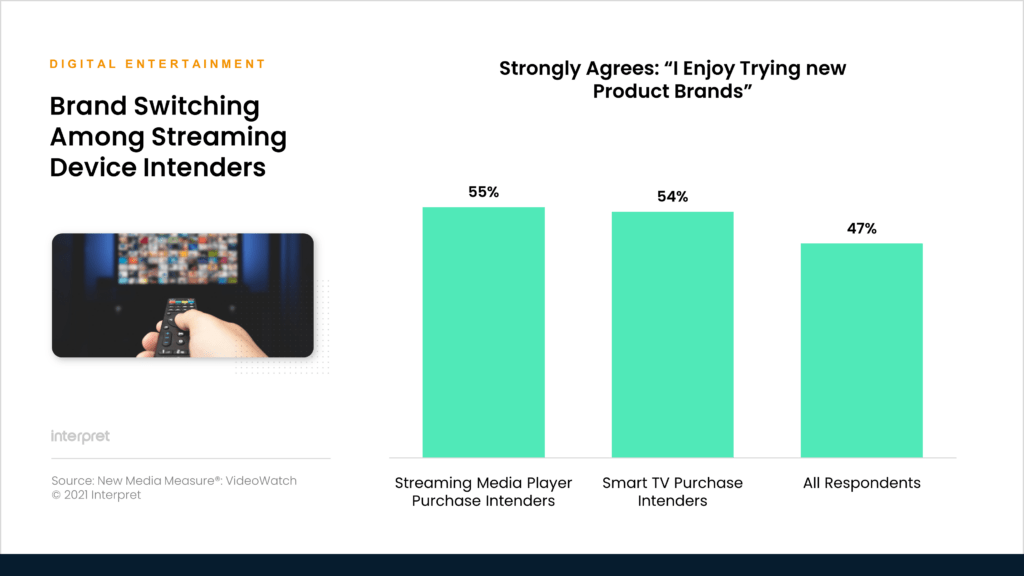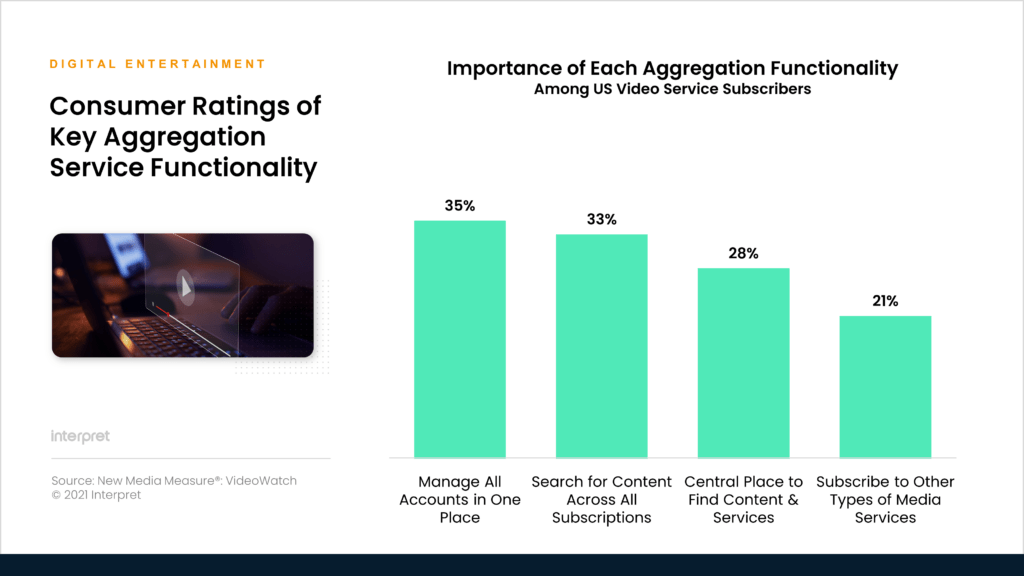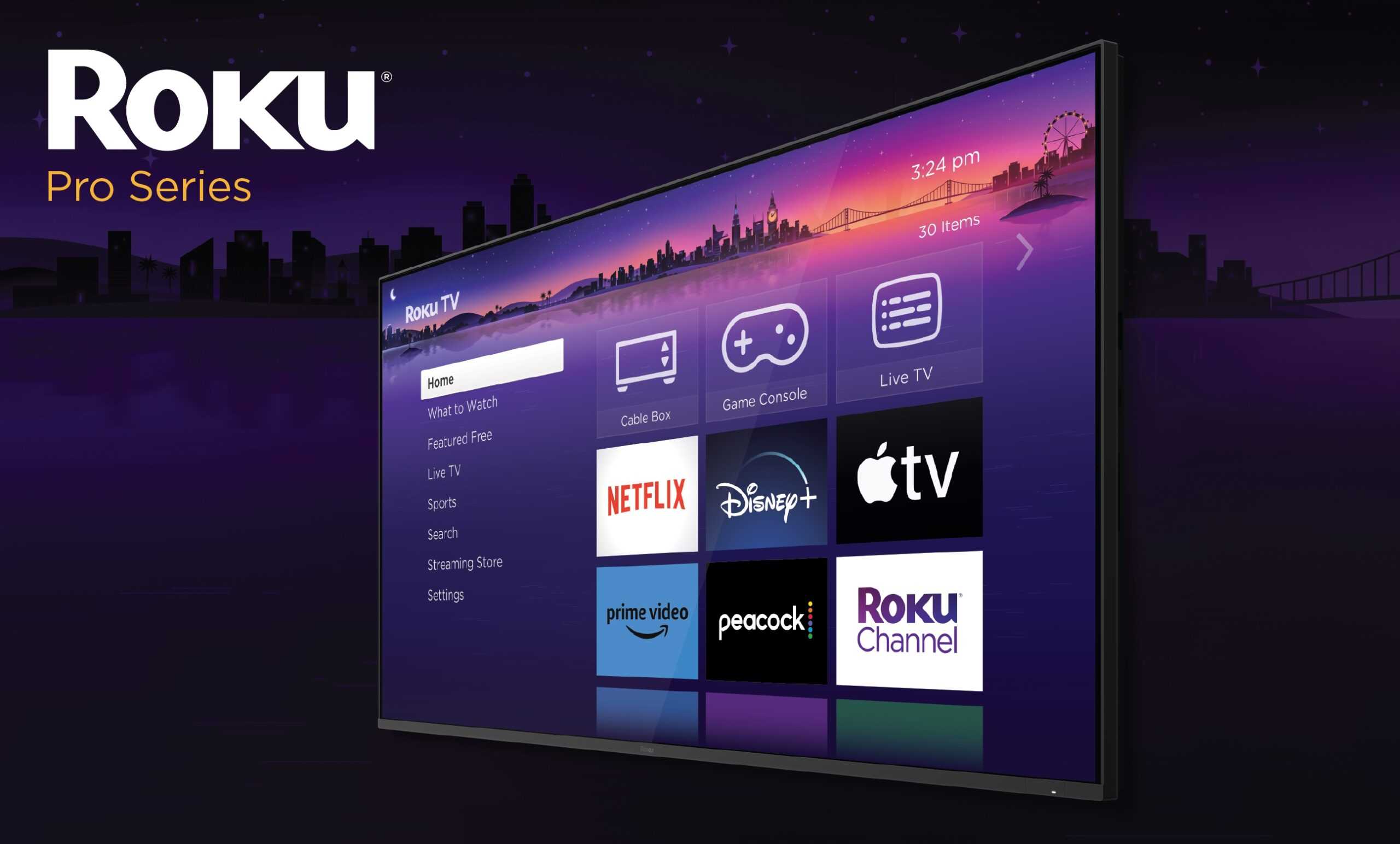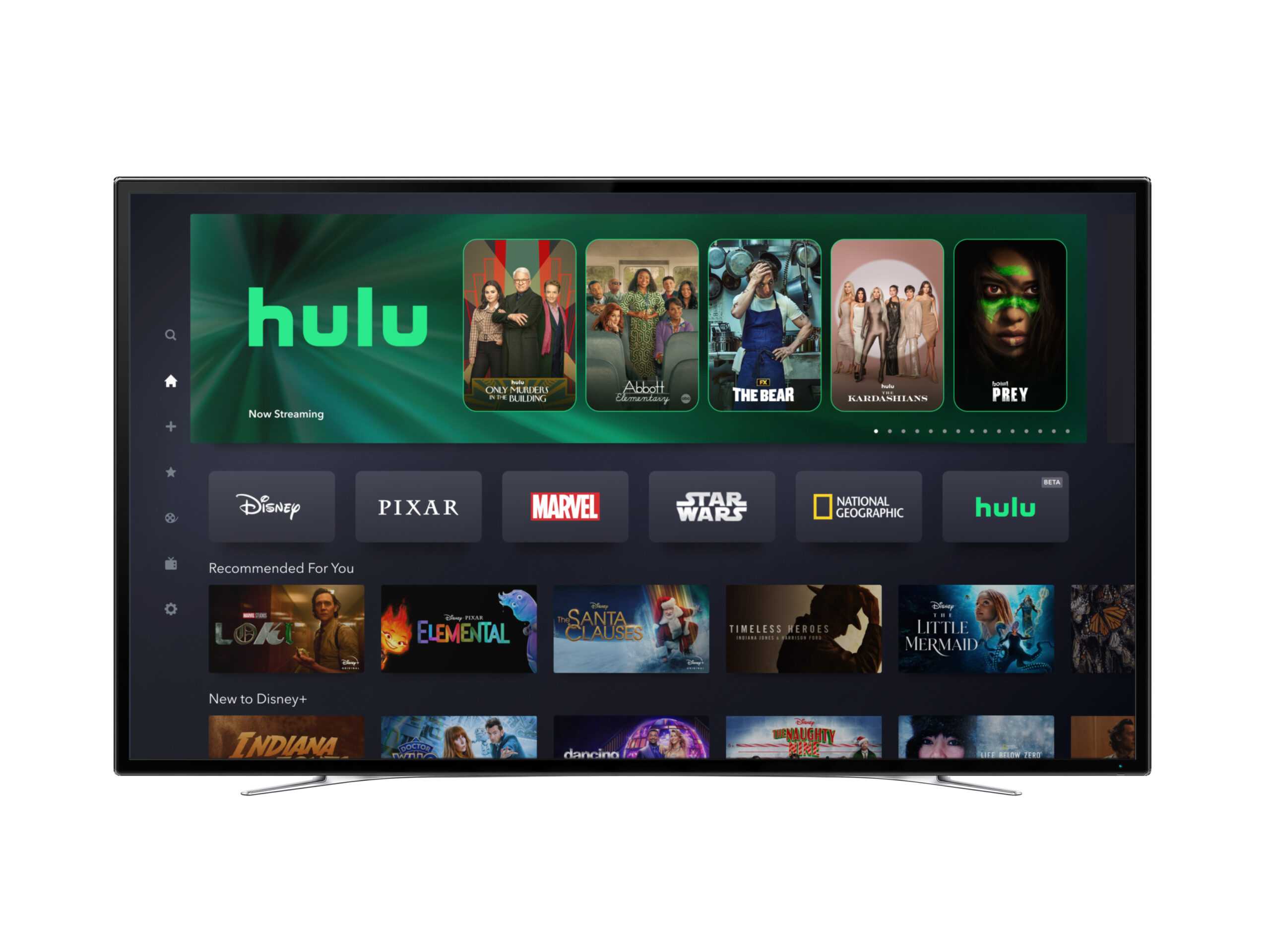2021 brought several welcome changes after a 2020 that was great for subscription streaming services but a challenge for much of the rest of the industry. Consumers continued to gorge on mountains of new original content as major market players doubled down on their streaming services with new content budgets and plans for much more in the future. As the year draws to a close, several industry trends are shaping the future of competition, consumption, and consumer experience across various parts of the video entertainment ecosystem. The net-net points to an increasingly dynamic market for video entertainment with intensifying competition that will last well beyond 2022.
Push of FAST and ad-supported OTT services
The acquisitions of Tubi, Pluto TV, Crackle, and XUMO in 2019 and 2020 were the first steps, and indicators that major players were putting serious thought, and money, behind free, ad-supported streaming services. This interest has blossomed in 2021 to provide a new depth of competition and more robust services in ad-supported OTT. FAST (free ad-supported TV) channels have been of particular interest – both from services offering free live channels and content rights holders seeking to create and distribute their own channels. The viewing mechanics and advertising of FAST channels are familiar to all viewers, regardless of generation.
Ad buying is also more familiar to advertisers that want to purchase inventory tied to specific content brands. Importantly, no single ad-supported streaming service has captured over one-third of streaming viewers, and most stream to less than 15% of consumers overall. Even among viewers of services with FAST channels, no service captures over half of FAST viewers. Thus, competition will continue to be tight in this space, with opportunity remaining for players to take a dominant competitive position.
Fighting fatigue
Across the industry, concerns voiced about subscription fatigue are becoming louder. With multiple major players – Netflix, Amazon, Disney, WarnerMedia, Apple, ViacomCBS and others – claiming massive global subscriber goals, many executives are concerned by potential plateaus in their US subscriber numbers. Their concerns are warranted. US consumers packed on multiple OTT service subscriptions during the pandemic. Today, over 55% of US consumers subscribe to 3 or more OTT video services, leaving many to question how many players can build and sustain a large OTT subscriber base. To help continue subscriber growth, several OTT subscription services are launching new bundling promotions. Black Friday and Cyber Monday deals were available for many services, including Hulu, AMC Plus, Philo, Showtime, Starz, and several others.
Beyond these, Disney recently launched a new bundle of Disney+, ESPN+ and Hulu (with limited commercials), hoping to use fans of each service to drive incremental sales for the others. MasterClass, a streaming service based on video classes by leading talent and celebrities in multiple fields, is offering a 2 for 1 special, with buyers able to purchase one subscription for themselves and one to give away. As we look to 2022, promotions and marketing will become more important as competition (and churn) intensifies in the subscription space.
New streaming device wars
The battle for primacy in TV streaming devices has taken a new turn. Communication providers are launching or playing a major software role in streaming consumer electronic devices. Comcast recently launched their XiOne streaming box in Germany and Italy and announced their move into smart TVs via their XClass product. Subsidiary Sky introduced its Sky Glass smart TV offering earlier this year as well. Verizon unveiled its own streaming device, Verizon Stream TV Soundbar, in cooperation with Bang & Olufsen in December. Not only does this represent a new element of competition for Roku, Apple, Amazon, Samsung, LG, and others, it also stands as a major shift for an industry sector that at one time bemoaned the necessity of stocking (and maintaining) pay-TV set-top boxes in their subscribers’ homes. So, why would pay-TV providers be interested in a thin-margin business like TVs and streaming boxes?
Priority access is the answer. Comcast, Verizon, and others see that the device UX can control, or at least bias, which content services consumers are exposed to. These devices also serve as the key data collection point, allowing them to get a better, holistic look into consumers’ often shifting media consumption patterns. These service providers can leverage sales of content or communication offerings to overcome often low CE margins. However, whether they can compete with the innovation and scale of global CE companies is another matter.

Aggregation on the rise
The rise of FAST services and new streaming device competitors points to another video industry trend – the rush of market participants moving into content and OTT video service aggregation. The demand is clear. Consumers may be happy with individual services, but they are less enthralled with the multi-subscription experience. Several cracks in the armor of the OTT video service experience become evident as consumers add more and more services to their viewing portfolio. Finding content is more difficult, often requiring subscribers to explore each service. Each service account must be managed separately, and each has its own payment system and credentials. Interpret’s consumer research suggests users often do not consider the number of services that they subscribe to until they take the time to enumerate them, which they rarely do. Most are also unaware of the alternative options available in the market and have only limited information on those services that have trials.
Several companies are seeking to fill this void, including CE makers, communication/pay-TV providers, online marketplaces (like Amazon Prime Video Channels or Apple Channels), cloud-based content discovery platforms, and many others. As we move into 2022, aggregators will take a more important role, particularly if the number of services per person finally ebbs. In this event, OTT services will be eager to work with any aggregator that can help them boost subscriber acquisitions and help maintain retention.

New churn habits
Consumer subscription habits continue to evolve as the number of services and quality of content increase. When there were a few leading streaming services with high quality originals, fans could easily afford to subscribe to all. Today, enthusiastic viewers face a large set of major streaming services, each with interesting, exclusive content. So, consumers do what one might expect, they hold on to the services that they watch most and hop among the others – subscribing for a show or a season and then cancelling when they are done. Typically, these consumers will evaluate each service on its own merit (with the number of titles of interest high on their priority list) rather than make tradeoff decisions among services. As a result, the number of subscriptions they hold may rise and fall over time.
At times, consumers will collect subscriptions and forget about them until they review their costs overall and cull the services they no longer value. Moving forward, streaming services will want to adapt their performance metrics and their approach to retention to address this new reality. It will be important to build communication paths to consumers that will allow services to continue to reveal new titles of value. Services must also enable easy mechanisms for consumers to pause, and more importantly, restart subscriptions as needed.







